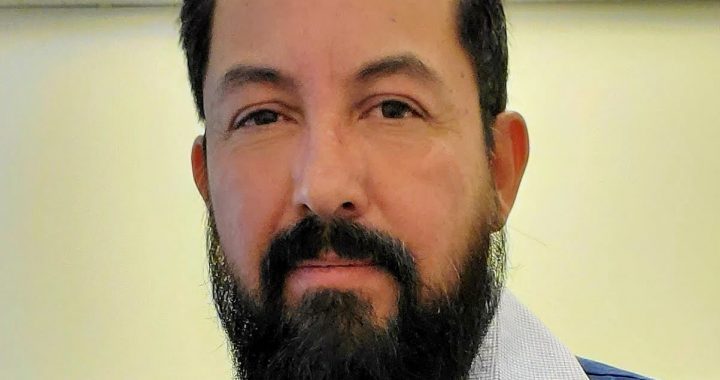This month’s At The Grill feature by William Torres (former Research Manager at Cattleland Feedyards and popular presenter at Gentec conferences) teaches us why we’ll never have the same relationship with meat alternatives as with the real stuff.
I mean, is it a surprise to anyone here who reads this column and/or understands the beef industry!?
Apparently, producers like Beyond Meat are facing hurdles with consumers and investors, and then Maple Leaf’s Mr. McCain now said that the company would “reassess” its investment. The latter is quite the change after years of proselytizing about doubling down on the business. The thing about trying to convert people is that it might seem easy at the beginning, and sure, you get some new parishioners but, before long, consumers are not going to pay those high prices for a protein that lacks delivery.
Superstore’s Beyond Meat patties cost $17.99 for a pack of 6; that’s $3 a patty vs. President’s Choice real meat at $10.99 for a pack of 8 ($1.37 each). Heck, even Wagyu burgers are cheaper: $10.99 for a pack of 4 ($2.75 each). I’m a firm believer that the consumer is no dummy. Sure, you’ll still have people who purchase alternative proteins but they are not the masses. The average meat consumer like you and I keep an eye on economy, especially if you have a family to feed. We still like to enjoy juicy burgers, roasts, steaks, etc. but we have to stretch the dollar as far as it’ll go, specially with today’s rampant inflation.
To add fuel to the fire, the Wall Street Journal reported on May 28, 2022, that burgers and steaks are set to stay pricey in the months ahead as US cattle ranchers shrink their herds due to droughts and increasing feed costs. So, if everything is getting more expensive, and one can get the real beef cheaper than an alternative protein, is there even a question as to what one should buy?
Additionally, go back 2 years and include the pandemic global disruption of supplies, sprinkle some drought dust over the Canadian prairies and voilà, you have yourself a 45% drop in yellow pea production, which is a common ingredient in many plant-based meat alternatives. Many of these companies, like Maple Leaf, struggled.
“If you can imagine,” Mr. McCain told investors in a separate shareholder call, “trying to operate a business with a third of your people missing one day, half of your ingredient supply not showing up the next, and suppliers jacking the price by 15 percent of another set of ingredients the day after, all repeating itself over and over and over.”
Thanks goodness real beef has only one ingredient!
For years, I’ve been telling people that I’m in the memories industry. You know, when you get together with family and/or friends because you’re celebrating a birthday, graduation, anniversary or baptism, and someone lays a beautiful steak on the grill and you hear it sizzle… or you can smell Grandma’s roast across the room, those core memories kick in, your mouth starts to salivate, and you can’t wait to taste that marbling or, as I like to call it, “little specs of heaven”. Yeah…that’s what I do, that’s what beef producers do. We provide you with the goods that help you create memories.









